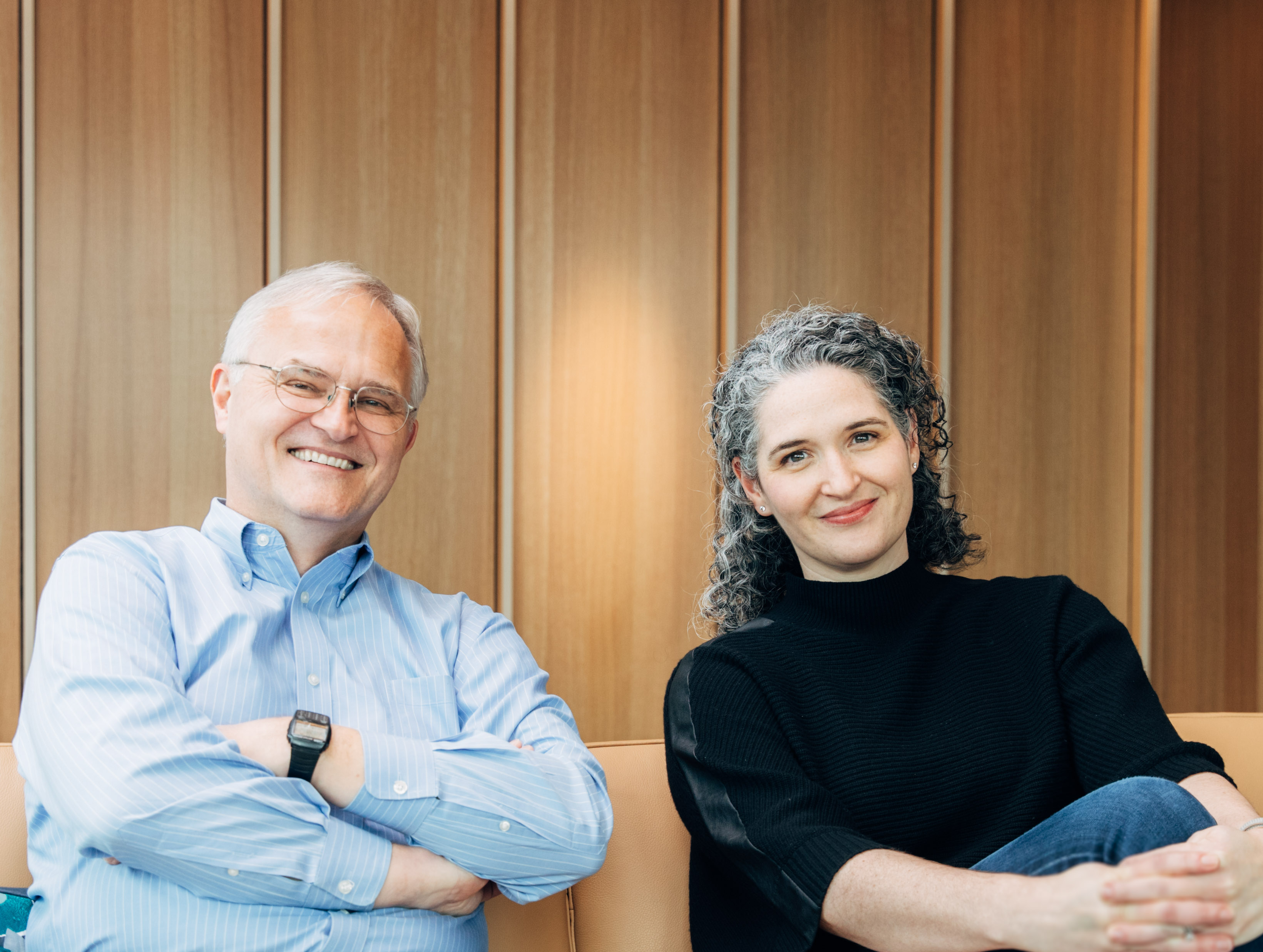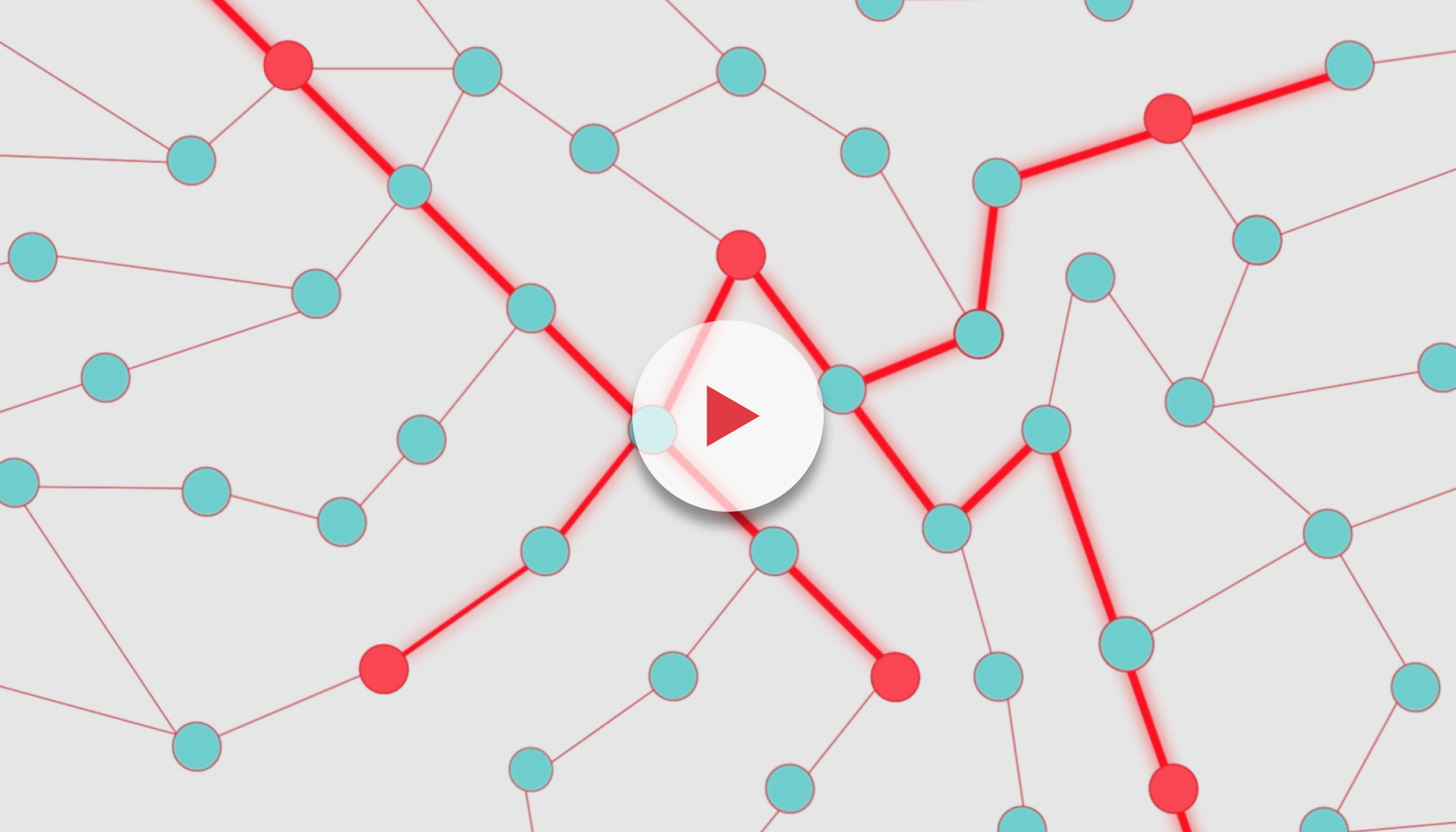Feb 26, 2019 · 3 min read
Tackling Today’s Classroom Complexities

Repost from SXSW EDU News. Learn more about our work in education on our Whole Child approach and Learning Science.
Education has the potential to look remarkably different. Our increasing knowledge about developing minds, technological advances, and evidence-based approaches to an array of contexts allow us to know more than ever before about what works. But this isn’t always reflected in the classroom.
It’s challenging work to bring leading research to life in learning environments. Classrooms are complex places, and students and teachers bring a variety of unique needs. A whole child approach aims to hold all of these complexities in mind. With it, teachers can create a more harmonious, inclusive, and rigorous place for students while simultaneously navigating everyday challenges.
A whole child approach involves designing and resourcing schools with attention to the complexity and potential behind every individual’s learning and development.
Take, for instance, a student who’s having difficulty mastering variables in algebra. The teacher’s first instinct might be to assume he isn’t grasping the concept. The student might think he can’t do algebra, doesn’t have a sense of belonging in the classroom, or is feeling the stress of adversity. These mindsets and conditions act as barriers and interrupt his ability to focus. Bringing a whole child perspective to the challenge surfaces other potential drivers of difficulty—and with them, practical solutions across multiple dimensions.
Let’s not forget the teacher’s own mind matters, too. How is she managing the stress of supporting the diverse needs of her students? Does she believe certain students really can grow their skills? Has she had enough practice and feedback to master a new teaching practice?
When we broaden the picture, both student and teacher exist in a space where every individual is dealing with his or her separate home life, interests, challenges, and personality. A whole child approach involves designing and resourcing schools with attention to the complexity and potential behind every individual’s learning and development, adult and student.
As education continues to change and surface new opportunities — and demands — for educators, we need to balance the rigors of research and reality. Then, every young person and teacher can succeed and thrive.
For more on the whole child approach and how it can help solve these challenges, join Brooke Stafford-Brizard and Bror Saxberg at their keynote “Translating Research Into Practice” on March 7 at 2 p.m.





